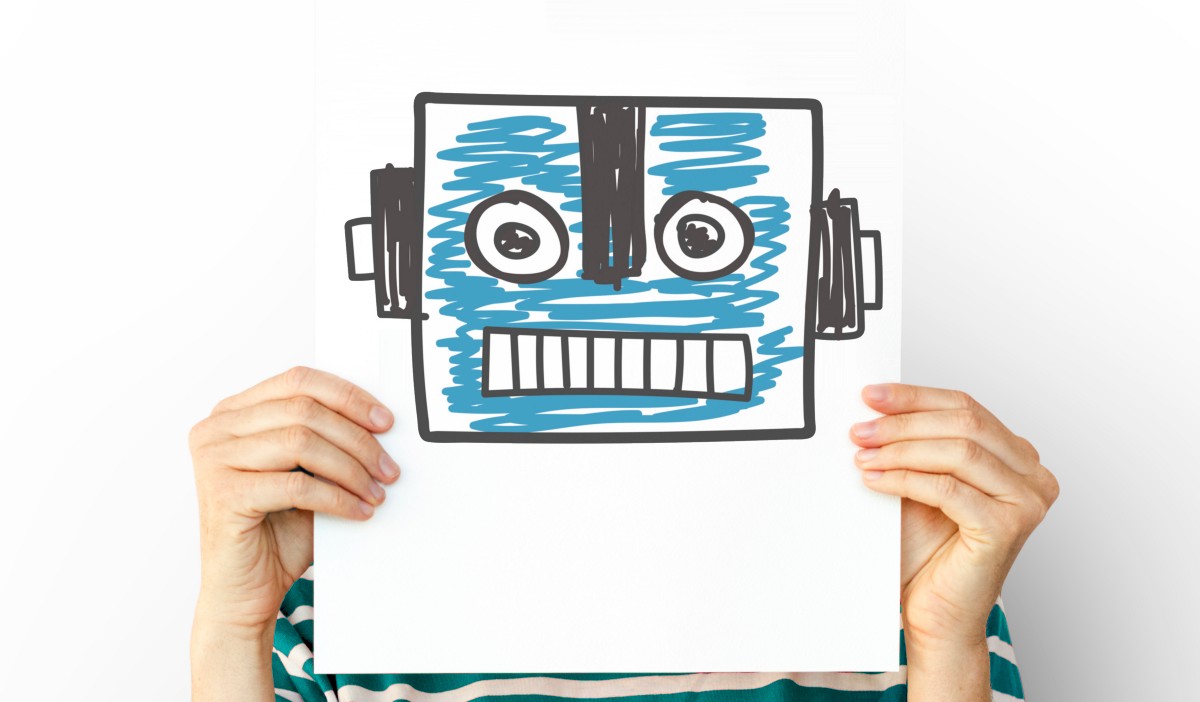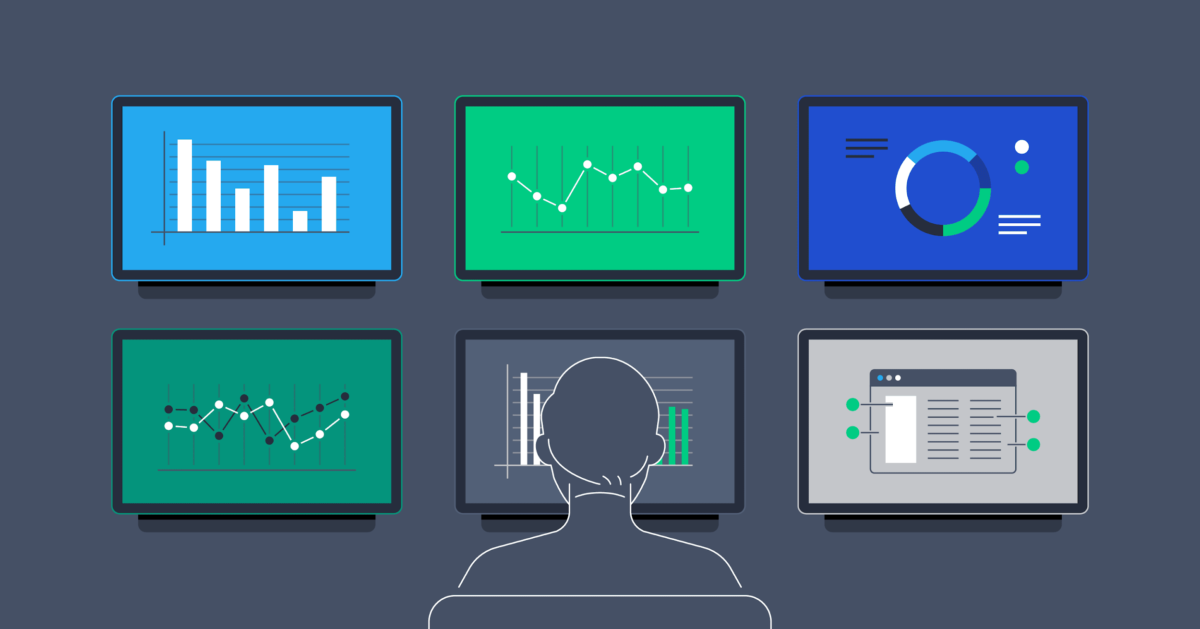With a seemingly endless array of companies and websites out there, how can you capture customers’ attention and keep them coming back for more? For starters, site design is a huge factor in customer retention: Research indicates that about half of consumers judge a brand or company based on its website design.
Further, consumers prefer a multimedia experience, with plenty of photos, images, charts, and videos embedded into the website. The aforementioned study also determined that 42% of people will leave a website due to a lackluster user experience (UX) or poor functionality. As such, it’s easy to see why design is a crucial element of the overall UX.
To help bridge the gaps and increase conversion rates, companies are increasingly focused on the user experience, with automation and artificial intelligence (AI) leading the way. While AI has received its fair share of criticism over the years, the rapidly-advancing technology may help designers strike a balance between efficiency and the human experience. Here’s what you need to know about the role of automation and AI in modern UX design trends.
Taking advantage of AI
For the greatest chance of success and higher conversion rates, a website should be accessible, credible, and valuable to the user. This is the crux of the user experience, which is centered around several concepts: User needs, a company’s goals and bottom line, and information. It’s this last point that’s particularly valuable to the entire process, and the reason programmers may turn to AI in the first place.
The internet is massive in scale, and effectively limitless. As of 2020, an estimated 50 billion devices were connected to the internet on any given day, able to access a whopping 40 zettabytes of data. That’s equal to about 40 trillion gigabytes.
The human brain just isn’t capable of sorting through that much information, to say nothing of organizing and making use of it. Automation can help strike a balance between the efficiency it provides in terms of data interpretation, without compromising user experience.
Alongside data interpretation, AI-based automation can also perform repetitive, tedious UX design tasks. Jobs that may take you a long time to complete, such as converting sketches and concepts into code, for example, may be akin to child’s play for today’s advanced AI platforms.
Even still, capturing the full extent of human experience does require a human touch. It’s crucial to take advantage of the many benefits that AI offers without completely sacrificing the human element that’s necessary for effective UX design.
Capturing the human experience
When optimizing UX, you may find yourself asking some heavy questions, including what the “human experience” truly means. There are various schools of thought on the subject, but it’s generally understood that humans share several specific traits and characteristics. According to Psychology Today, the ten universal human traits include creativity, curiosity, and a sense of belonging.
At our core, humans are social creatures. Without meaningful relationships with others and effective communication methods, we may never have advanced past the hunter-gatherer stage of existence. In the 21st century, our ability to communicate is as important as ever, whether we’re passing on stories or sharing our experience with a product or brand.
Don’t underestimate the power of the written word, and strive for authenticity in your content. By telling a story, you may see a striking increase in conversions and overall customer retention.
Customer feedback is also a vital part of UX design. As the people using your website, they have firsthand experience with what works well for human users and what doesn’t. This means it’s in your best interest to streamline the process and make it easy for customers to share their experiences with you. You can then use the information they provide, as well as any customer data you collect, to improve your UX design in a meaningful way.
Here’s where automation comes in: AI programs can help you sort through the massive amounts of user data to make sense of it all, much faster than a human could. You can even reach out to customers using AI, in the form of personalized emails or targeted social media campaigns.
Solving problems via automation
Another human trait is our ability to make mistakes, though we’re not alone in this regard. Interestingly, technology can degrade over time, becoming less efficient and more prone to error, much like the aging human body.
Sometimes, aging technology is retired altogether in favor of streamlined apps and mindful UX designs that enhance the user experience. More often, however, UX designers utilize historical data and feedback to improve the existing technology — with help from AI, of course.
Software regression is a growing problem around the world, typically caused by information overload. Ironically, software regression usually occurs after a system update or the addition of a new feature, though it can leave users vulnerable to myriad cyber threats.
Luckily, you can stop this phenomenon before it impacts your uses. Before launching a new product or update, it’s a good idea to run AI simulations that imitate user experience and behavior. By doing so, you’re more likely to catch any glaring issues before they become a real problem or perhaps identify a clunky user interface. With that information, you can bring in a human touch to develop a solution that works better for your customers.
Key takeaways
The shift towards automation has wide-reaching implications across many industries, including UX design. We’re still a long way from AI that completely thinks for itself, or that can perfectly replicate the human experience. Nevertheless, UX designers can still strike a balance between automation and human-centered programming, for the benefit of consumers and companies alike.
- Finding balance in automation and human-centered design - November 29, 2022
- Considerations for B2B UX Writing - June 13, 2022
- Using UX to Improve Cybersecurity - April 19, 2022
![]() Give feedback about this article
Give feedback about this article
Were sorry to hear about that, give us a chance to improve.








